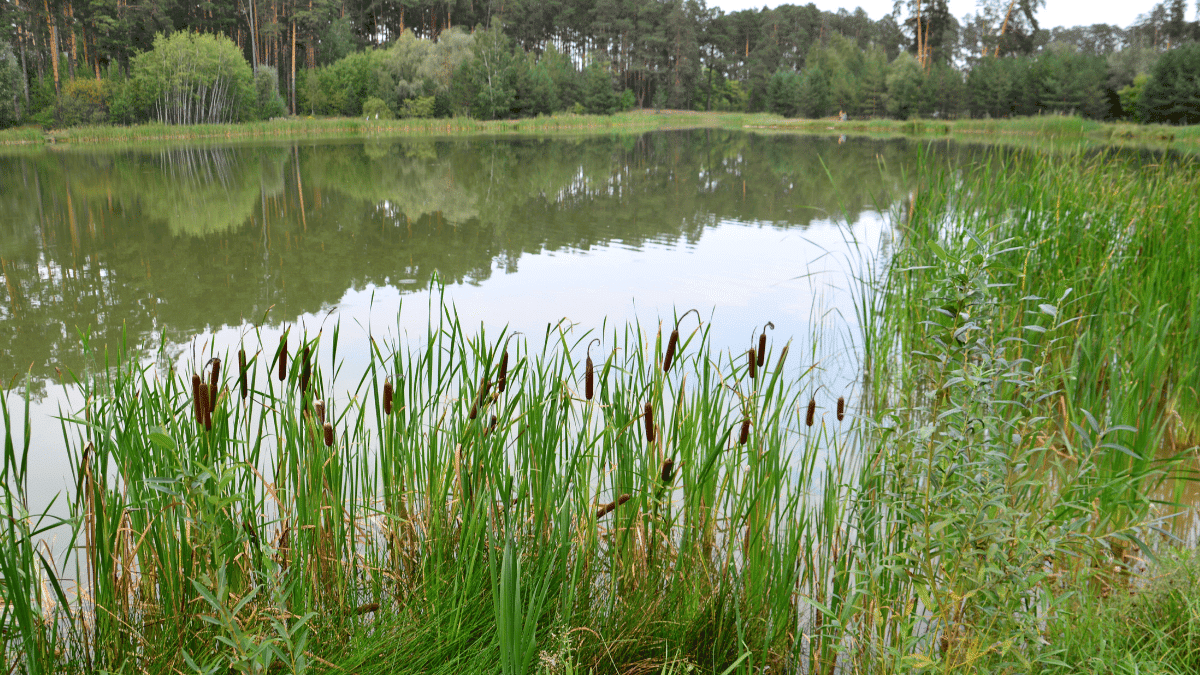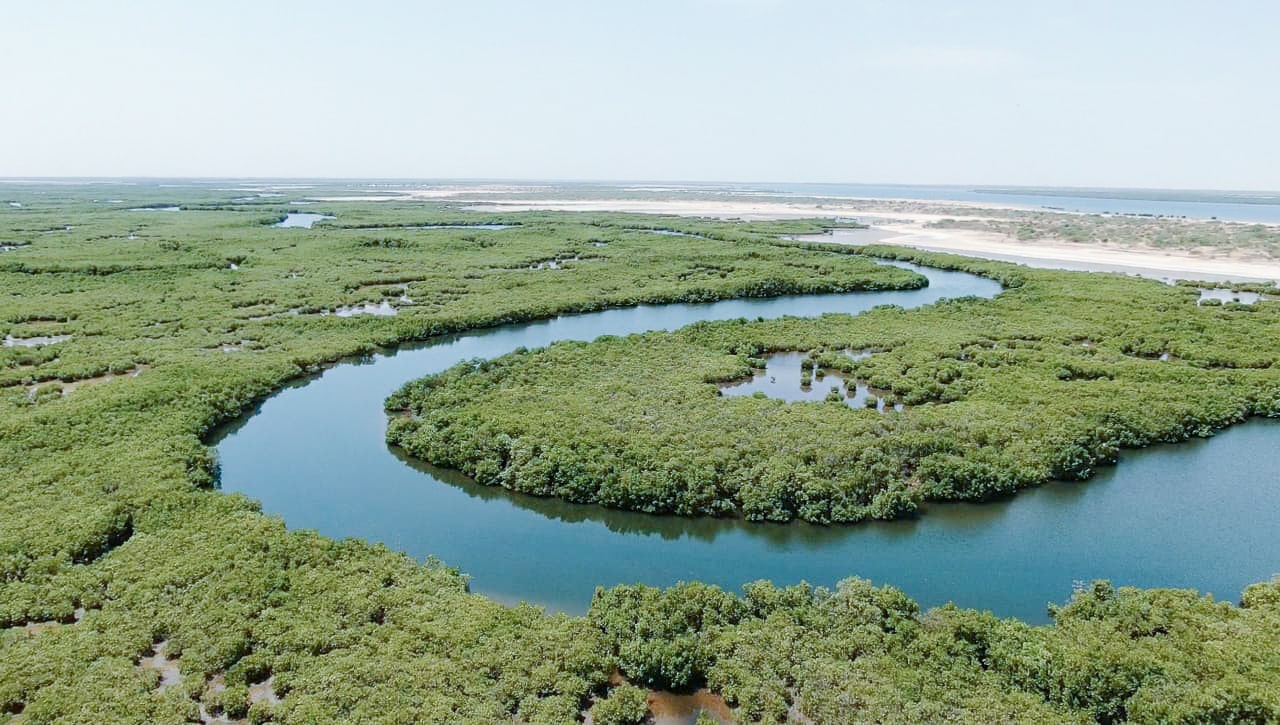As aquatic ecosystems face mounting pressure from nutrient pollution and climate change, harmful algal blooms (HABs) continue to threaten biodiversity. Similarly, public health, and water security are also in danger. In a recent LG Sonic webinar, experts explored how water quality monitoring technologies can strengthen nature-based solutions to reduce algal blooms in different waterbodies.
Algal Blooms as a Barrier to Ecosystem Recovery
Algal blooms are often triggered by nutrient runoff and urban pollution. An algal bloom is an environmental phenomenon that occurs in water bodies like lakes, rivers, estuaries, and coastal areas. This takes place when excess nutrients, warm temperatures, and sunlight are present, it gives water a pea soup consistency. Blue-green algae, which are often responsible for harmful blooms, are actually bacteria known as cyanobacteria that are capable of photosynthesis. A bloom refers to the rapid increase in the population of algae or cyanobacteria, often visible as green or scummy water.
Cyanobacteria and it’s formation
Cyanobacteria are single-celled organisms, and blooms can be formed by both single-celled and multi-celled algae, with their cells sometimes forming thick mats. These events most commonly occur during summer and early fall, when water temperature and sunlight are at their peak. Warm temperatures and increased water temperature are key factors that contribute to the development and persistence of algal blooms. Once established, they degrade water quality, outcompete native flora, block sunlight, reduce oxygen, and release toxins and heavy metals. Algae blooms are caused by nutrient pollution, especially from chemicals like fertilizer and other pollutants which create nutrient rich water. Both freshwater and marine environments such as lakes, rivers, estuaries, and the ocean are affected.
Our CTO, Lisa Brand emphasized, these conditions undermine NBS efforts such as wetland restoration making algae control a vital first step in ecosystem recovery.
Types of Algal Blooms
Not all algal blooms are similar, understanding their differences is key to protecting our water bodies and aquatic life. Algal blooms can be grouped into several categories. With harmful algal blooms (HABs) drawing the most concern due to their ability to produce toxins that threaten both the environment and public health. Most blooms are not harmful, but visual identification alone is unreliable, so caution is always advised.
Harmful algal blooms often occur when excess nutrients, such as nitrogen and phosphorus from fertilizers, wastewater, or stormwater systems, enter lakes, reservoirs, etc. These nutrient-rich conditions fuel the rapid growth of blue-green algae, also known as cyanobacteria. When a harmful algal bloom forms, it can produce toxins that contaminate drinking water, harm fish and other animals, and even pose risks to people who swim, fish, or use the water for recreation.
Nature-Based Solutions to Reduce Algal Blooms and Improve Water Quality
As harmful algal blooms (HABs) continue to threaten aquatic life and water security, nature-based solutions (NBS) offer a sustainable and restorative approach to mitigate their impact and reduce algal blooms. Rather than relying on chemical treatments or reactive measures, NBS aim to restore the natural functions of ecosystems, addressing the root causes of nutrient pollution and enhancing the resilience of water bodies.
-
Restoring Wetlands and Buffers to Reduce Algal Blooms:
Wetlands act as natural nutrient filters, absorbing excess nitrogen and phosphorus from agricultural runoff, stormwater, and wastewater discharges before these nutrients reach rivers and lakes. A long-term study found that most wetlands significantly reduced algal growth—by up to 89% for cyanobacteria and 73% for green algae—though effectiveness varied by season and location, with greater reductions typically seen in winter. Re-establishing wetland areas along watersheds not only reduces nutrient loading but also creates habitats for diverse plant and animal species. Similarly, planting riparian buffer zones with native vegetation along shorelines stabilizes soil, reduces erosion, and intercepts pollutants, preventing them from entering water bodies.
-
Green Infrastructure: A Nature-Based Approach to Algal Bloom Reduction:
Urban areas contribute significantly to algal bloom formation through stormwater runoff laden with fertilizers, oils, and waste. Nature-based infrastructure, such as bioswales, rain gardens, and green roofs, can slow down and filter runoff, enhancing infiltration and reducing the flow of pollutants. Permeable pavements and restored floodplains allow rainwater to seep into the ground, rather than rush into waterways with nutrient-rich loads.
-
Enhancing Biodiversity with Nature-Based Strategies to Limit Algal Growth:
Healthy aquatic ecosystems are naturally resilient to algal blooms. By reintroducing native aquatic plants and maintaining balanced food webs, NBS help compete with algae for nutrients and light. For instance, submerged vegetation not only absorbs nutrients but also oxygenates water and provides shelter for fish and invertebrates. These interactions improve overall water quality and biodiversity, reducing the dominance of harmful algae.

Preventing Algal Blooms
Preventing algal blooms starts with reducing nutrient pollution, limiting the use of fertilizers, improving wastewater treatment, and restoring native plants along waterways. Using more water efficiently and responsibly is also important to reduce runoff and nutrient loading that contribute to blooms. These combined efforts help reduce algal blooms and their harmful impacts. Local governments, agencies, and communities play a vital role in monitoring water quality, sharing algae-related resources, and educating the public about the risks of toxic algae. They also emphasize the importance of protecting our water supplies. In addition, citizen science and agency programs track phytoplankton populations to help detect and forecast harmful blooms. Ongoing research efforts continue to focus on better understanding, monitoring, and controlling harmful algal blooms.
By recognizing the different types of algal blooms and their causes, we can develop targeted strategies to reduce algal blooms, prevent harmful ones, safeguard aquatic life, and ensure clean, safe water for people, animals, and the environment.
Health Implications of Algal Blooms
Blue-green algae are more than just an environmental issue—they pose serious health risks to people, animals, and aquatic life.
When excess nutrients like nitrogen and phosphorus from fertilizers, wastewater, and stormwater systems enter lakes, ponds, reservoirs, and coastal waters, they can trigger rapid algae growth. Some of these blooms—especially those caused by blue-green algae (cyanobacteria)—produce toxins that contaminate water bodies and threaten public health. Exposure to algal toxins can occur in several ways. People may be exposed by swimming in contaminated water, drinking water drawn from affected sources, or eating fish and shellfish that have accumulated toxins. In the United States, harmful algal blooms are becoming increasingly common in both freshwater and marine environments. For example, in Florida, toxic algae have caused fish kills, closed beaches, and led to warnings for water sports enthusiasts. The U.S. flag warning system is often used to alert communities when toxin levels are high and water bodies are unsafe for recreation.
Technology for Tackling Nutrient Pollution
LG Sonic’s approach begins with real-time water quality monitoring through the MPC-Buoy. This technology measures chlorophyll, turbidity, dissolved oxygen, and other parameters every 30 minutes. The system uses adaptive ultrasound technology to block algae’s vertical migration, reducing their access to light and nutrients without harming other species. This allows native vegetation and microbial life to re-establish, enhancing the success of NBS like constructed wetlands.
Advanced technologies like the BlueBox onshore analyzer and digital twin modeling further support decision-making. With solar-powered units that ensure low environmental impact.
Case Study: Vallecitos Water District, California
In this protected nature reserve, traditional chemical treatments were unsustainable and costly. LG Sonic implemented MPC-Buoys to eliminate chemical dependency. This technology helped in reducing maintenance costs by up to $35,000 per year, and improved water quality for wildlife and recreational use.
Case Study: Tiscapa Lagoon, Managua, Nicaragua
Once a thriving eco-tourism and biodiversity hotspot, Tiscapa Lagoon suffered severe algal blooms from unregulated urban pollution. After deploying LG Sonic technology, water clarity improved rapidly, enabling the regrowth of native plants and the return of fish, turtles, and birds. The lake is now being considered again as a potential drinking water source.
Building Long-Term Ecosystem Resilience
By combining technology with NBS, LG Sonic supports ecosystem restoration, policy change, and community engagement. Reducing harmful algae from proliferating through sustainable ultrasound frequency has proven to be the best method. Projects are co-designed with stakeholders and researchers, ensuring both environmental and social benefits. The goal isn’t just short-term algae control, it’s restoring nature’s ability to heal itself.
